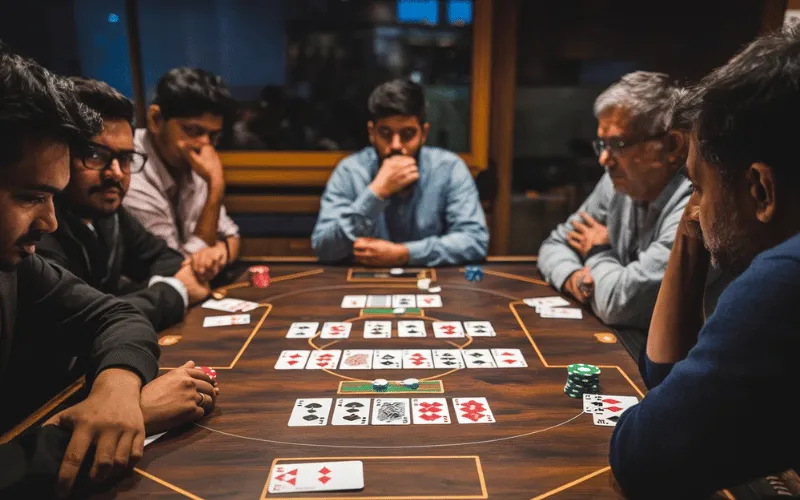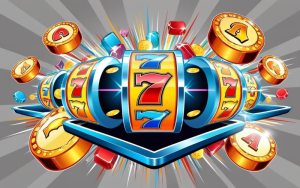Spade and Club Cards Playing cards are among the most recognizable tools for games, fortune-telling, and even art. A standard deck is divided into four suits—hearts, diamonds, spades, and clubs. While the red suits, hearts and diamonds, often symbolize warmth, love, and fortune, the black suits—spade and club cards—carry a different kind of symbolism, history, and strategic role in card games. These two suits are not only essential for gameplay but also carry cultural meanings that make them fascinating to explore.
Origins of the Suits
The history of spade and club cards dates back to the 14th century when playing cards first arrived in Europe from the East. Early decks from China and the Middle East featured different symbols, but European card makers eventually standardized the four suits we know today. In France, the suits were simplified into spades, clubs, hearts, and diamonds because these shapes were easy to print using stencils, allowing card games to spread rapidly across Europe.
Spades were derived from the French word pique, meaning spear, symbolizing power, nobility, or the military. Clubs, on the other hand, came from trèfle, meaning clover, which was associated with growth, luck, and the natural world. Together, spade and club cards were seen as the darker, more serious suits compared to the vibrant red ones.
Symbolism of Spade and Club Cards
Spades and clubs have long been connected with symbolic meanings beyond card games.
- Spade Cards: Often linked to wisdom, fate, and challenge. In many traditions, the spade represents a sword or spear, suggesting strength, conflict, or transformation. In fortune-telling, spades can signify obstacles, decisions, or endings that pave the way for new beginnings.
- Club Cards: Represent creativity, energy, and luck. Since the club resembles a three-leaf clover, it is often tied to nature and growth. In divination, clubs are considered a sign of opportunity, work, or social interactions.
The symbolic balance between spade and club cards—one pointing to struggles and decisions, the other to creativity and luck—makes them an intriguing pair both in games and in culture.
Role in Card Games

In most standard 52-card decks, each suit—hearts, diamonds, spades, and clubs—contains 13 cards, ranging from Ace to King. The spade and club cards hold unique positions depending on the game being played.
- In Bridge: Spades are ranked as the highest suit, while clubs are the lowest. This ranking system gives players different strategic options when bidding and playing.
- In Poker: All suits are equal in value, but the black suits give the deck visual balance, making them just as important as the red suits.
- In Solitaire: Alternating black and red suits creates the strategic challenge that makes the game engaging. Here, the spade and club cards provide contrast to the heart and diamond cards.
- In Rummy and other matching games: Spades and clubs serve as key components in forming runs or sets, contributing equally to the overall strategy.
Without spade and club cards, the balance and fairness of most card games would disappear.
Spade and Club Cards in Magic and Entertainment
Beyond games, card suits have played a huge role in magic and performance. Magicians often rely on suits to create illusions, misdirection, and audience participation. Spade and club cards, with their striking black designs, stand out visually in tricks. For example, a magician may ask someone to “pick a black card,” narrowing the choice to either spades or clubs. This small detail enhances the flow of tricks while keeping the audience engaged.
In art and design, spades and clubs are frequently used in logos, tattoos, and creative patterns. Their symmetrical shapes are visually appealing, making them iconic symbols in pop culture.
Spade and Club Cards in Gambling
Casinos and gambling culture heavily involve playing cards, and spade and club cards are central to many games. In blackjack, poker, and baccarat, the black suits keep the deck balanced and fair. Some gamblers even believe spades are a “lucky” suit, while others see clubs as signs of fortune and prosperity.
The black suits are also tied to the psychological side of gambling. Their bold contrast against the red suits creates tension and excitement, a visual factor that adds to the thrill of casino games.
Cultural and Modern Influence
Today, spade and club cards appear not only in traditional card decks but also in digital games, online casinos, and even mobile apps. Designers keep the black suits because they maintain familiarity and balance with the red ones. Their presence in digital gaming proves that spades and clubs are not just historical symbols but timeless icons that continue to entertain millions worldwide.
From literature to films, these suits also carry symbolic weight. For example, a spade may symbolize fate or death, while a club could stand for energy or resilience. This duality makes them versatile in storytelling and popular culture.
Final Thoughts
The spade and club cards games are more than just black symbols in a deck—they are rich in history, symbolism, and strategic importance. They represent the darker, more mysterious side of card games, balancing the brightness of hearts and diamonds. Whether used in casual games, professional tournaments, fortune-telling, or casino entertainment, spades and clubs continue to play an irreplaceable role. Their lasting cultural significance shows that these two suits will remain timeless companions in every deck of cards.












